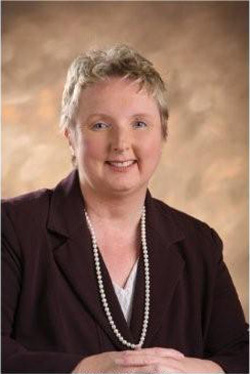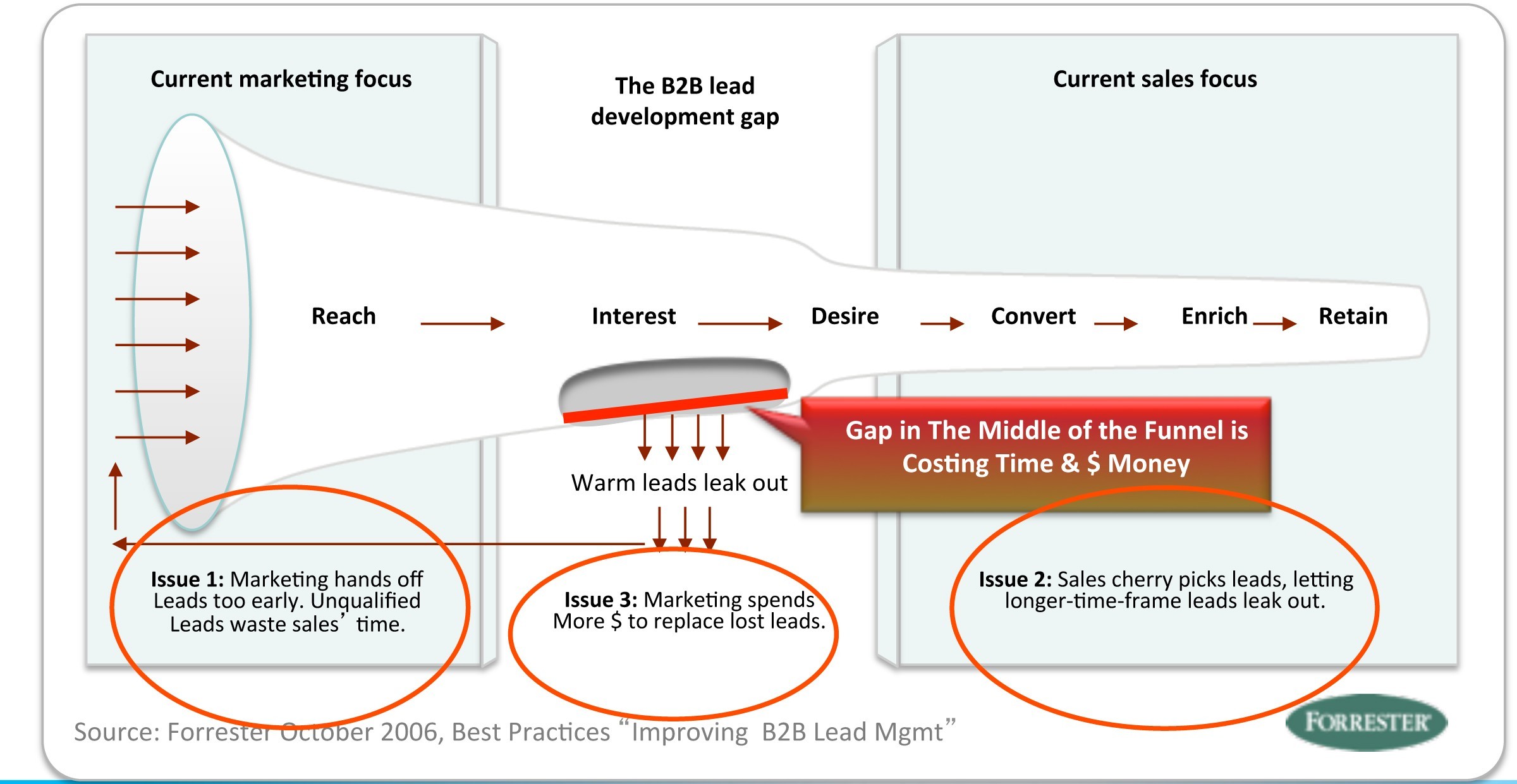By Laurie B. Beasley, Co-Founder and President, Beasley Direct Marketing, and Tom Judge, Vice President Strategy, Direct Marketing Partners
In our final installment on how to develop and nurture sales-ready qualified leads, we will look at a second case study where a firm successfully incorporated a multi-touch, multi-channel marketing approach to boost sales. However, this case study is quite different than the previous ABC Glove case study. The product is a complex technology sale and required more fine-tuning of the strategy and tactics as the campaign progressed, as you’ll see in this case study.
The client, XYZ Software (not the real name), is a large wide-area network (WAN) software optimization company. The sales process for this category of product is complex—and not made any easier by the fact that XYZ sells to IT professionals at medium to large firms, who are extremely busy and difficult to reach. The pain point for these professionals is slow-running networks, but isolating the network speed issue is often difficult and easily trumped by daily fire-fighting situations that demand immediate attention. As a result, IT professionals may be so busy that they do not realize how poorly their network is performing until it goes down.
XYZ Software had been focused on top-of-funnel marketing with email campaigns, webinars, pay-per-click (PPC), lunch-and-learn events and trade shows. As is often the case, there was no mid-funnel process in place for tele-qualifying inbound leads or generating pre-qualified sales opportunities. This resulted in a large number of unqualified “warm” suspect leads in the top of the sales funnel that either dropped out of the funnel or remained in the funnel without further attempts to qualify them. Consequently, Sales was not following up on the majority of leads because they were not pre-qualified to meet the sales-ready criteria. (Figure 1 illustrates XYZ’s situation perfectly.)
Figure 1: Low-Quality Leads from Marketing Tend To Drop Out of the Lead-to-Sales Funnel
Source: Forrester Research
XYZ called us in to diagnose and figure out how to turn more “warm” leads into sales-ready qualified prospects and turn more of those prospects into customers. As we did with ABC Glove Corporation, we first identified the problem. Then, in this case, we recommended a multi-touch, multi-channel lead nurturing program that integrated a tele-qualifying process owned by Marketing. We tested two offers: a Gartner Magic Quadrant versus an on-demand webinar/seminar featuring a Gartner analyst. We also tested three lists: the house lead file, a rental list of the primary competitor’s customers, and a webinar/seminar attendee list. Later, as the program rolled out, we also included webinar attendees and inbound responders in the lead nurturing program.
As it turned out, both offers performed equally well, splitting nearly 50/50. All of the lists were productive, but because we tracked the metrics, we were able to determine that the webinar list outperformed the others.
We tracked the number of attempts to reach IT titles for each list. The number of touches required to convert a prospect into a sales-ready lead ranged from two to nine touches, with an average of 7.51. Please note this is significantly fewer touches than the 7-13+ touch range we have been saying are required. This is directly due to the recommended messaging and creative in a combination of multi-channel outbound marketing emails integrated with tele-qualification and tele-nurturing, which raises awareness and establishes a 1:1 personal relationship with the prospect. Webinar attendance outperformed the other outbound marketing techniques with an average of 2.5 touches from us, moving prospects through the buying process more quickly than other sources.
Because we were tracking all metrics, we were able to determine that the initial messaging wasn’t resonating with prospects the way XYZ thought it would. When conversion rates don’t manifest at a satisfactory rate fairly early, it’s time to make a refinement. We addressed this quickly, listening to prospects and revising the messaging to suit. We also provided more training to the tele-qualifiers, improving their product knowledge and teaching them different ways to overcome objections.
We also changed the messaging about XYZ’s prime competitor. Instead of talking about the competitor as such, we repositioned XYZ’s technology as a solution to problems encountered by users of the competition’s product—a subtle yet effective way to handle the objection and move the dialog forward in the qualification process.
As part of the lead nurturing program, the calling team followed up with prospects by sending relevant informational material such as white papers and case studies as well as invitations to on-demand webinars designed to refine the sequential touch points, improving the quantity and quality of dialogues with prospects. This peer-to-peer approach helped to establish a sequence of nurturing by educating prospects on the viability of XYZ’s offerings. Prospects then began to open up about their network problems, which made them more inclined to set up a consultation meeting with the field representative.
We cannot share the actual numbers that resulted from this lead development program, but we can say that the program is still in place at XYZ Software, and the competing company has experienced a loss of market share to XYZ as a result.
In summary, traditional outbound marketing programs are insufficient to develop and deliver sales-ready qualified leads to the sales funnel. Marketing must step up to the plate and take on the responsibility of tele-qualifying warm leads into qualified leads before passing these on to Sales. This is a paradigm shift for Marketing and will require Marketing to justify the resources required to add multi-touch nurturing and tele-qualifying to its functions. It also means that Marketing must become rigorous about tracking the metrics, because in these leaner times, nobody gets more budget until a strong case has been made for the ROI of such a step. The reward is a boost in qualified leads delivered to Sales (making Marketing of greater value to Sales), and increased sales conversion rates (of value to everyone). Multi-touch, multi-channel programs represent a way for Marketing to graduate from the position of being a necessary evil to become an essential and valued player on the corporate team.
* * * *
This blog was authored by Laurie B. Beasley, co-founder and president of Beasley Direct Marketing, Inc., and Tom Judge, vice president Strategy at Direct Marketing Partners.
 Beasley Direct is a Silicon Valley direct marketing agency that has managed search, email, online, and demand generation campaigns for nearly 100 companies. Ms. Beasley serves as President of the Direct Marketing Association of Northern Californiawww.DMAnc.org. She manages the eMarketing Roundtable for the BMA Northern Californiawww.NorCalBMA.org. She is also an instructor of online marketing at UC Berkeley Extension and teaches for the Online Marketing Institutewww.onlinemarketinginstitute.org. Ms. Beasley frequently speaks on online marketing and demand generation topics for marketing organizations, including the DMA, BMA, AMA, Tech Council, and the Online Marketing Summit.
Beasley Direct is a Silicon Valley direct marketing agency that has managed search, email, online, and demand generation campaigns for nearly 100 companies. Ms. Beasley serves as President of the Direct Marketing Association of Northern Californiawww.DMAnc.org. She manages the eMarketing Roundtable for the BMA Northern Californiawww.NorCalBMA.org. She is also an instructor of online marketing at UC Berkeley Extension and teaches for the Online Marketing Institutewww.onlinemarketinginstitute.org. Ms. Beasley frequently speaks on online marketing and demand generation topics for marketing organizations, including the DMA, BMA, AMA, Tech Council, and the Online Marketing Summit.
Direct Marketing Partners (DMP) is a lead management and lead funnel tele-qualification services provider for B2B selling firms. Services include multi-touch peer to peer tele-prospecting and email lead gen campaigns with marketing automation and funnel metrics to optimize lead-to-sale conversions. Tom Judge provides strategic guidance for DMP clients and educational workshops on optimizing b2b lead-to-sales funnels for companies and at industry conferences. He also serves as the Vice President of the DMA Northern California Chapter, contributor at Sales Lead Management Association www.salesleadmgmtassn.com, and program chair for the Northern California Business Marketing Association Sales Lead Roundtable www.norcalbma.org. He is a former instructor on sales lead management at. San Jose State University and University of California professional development programs.




